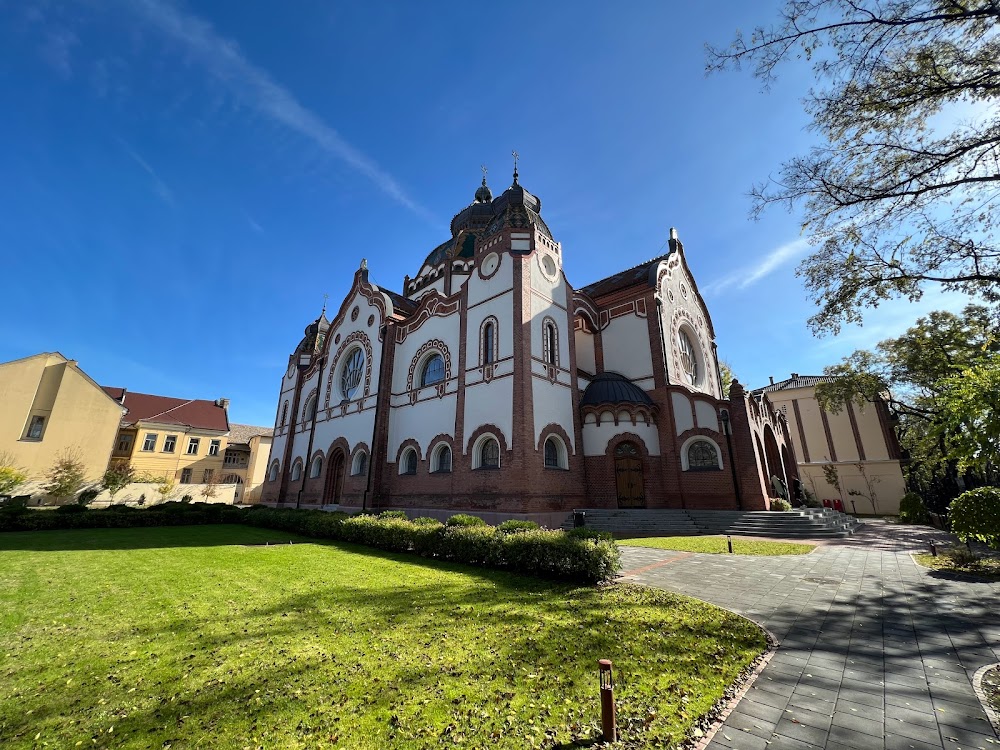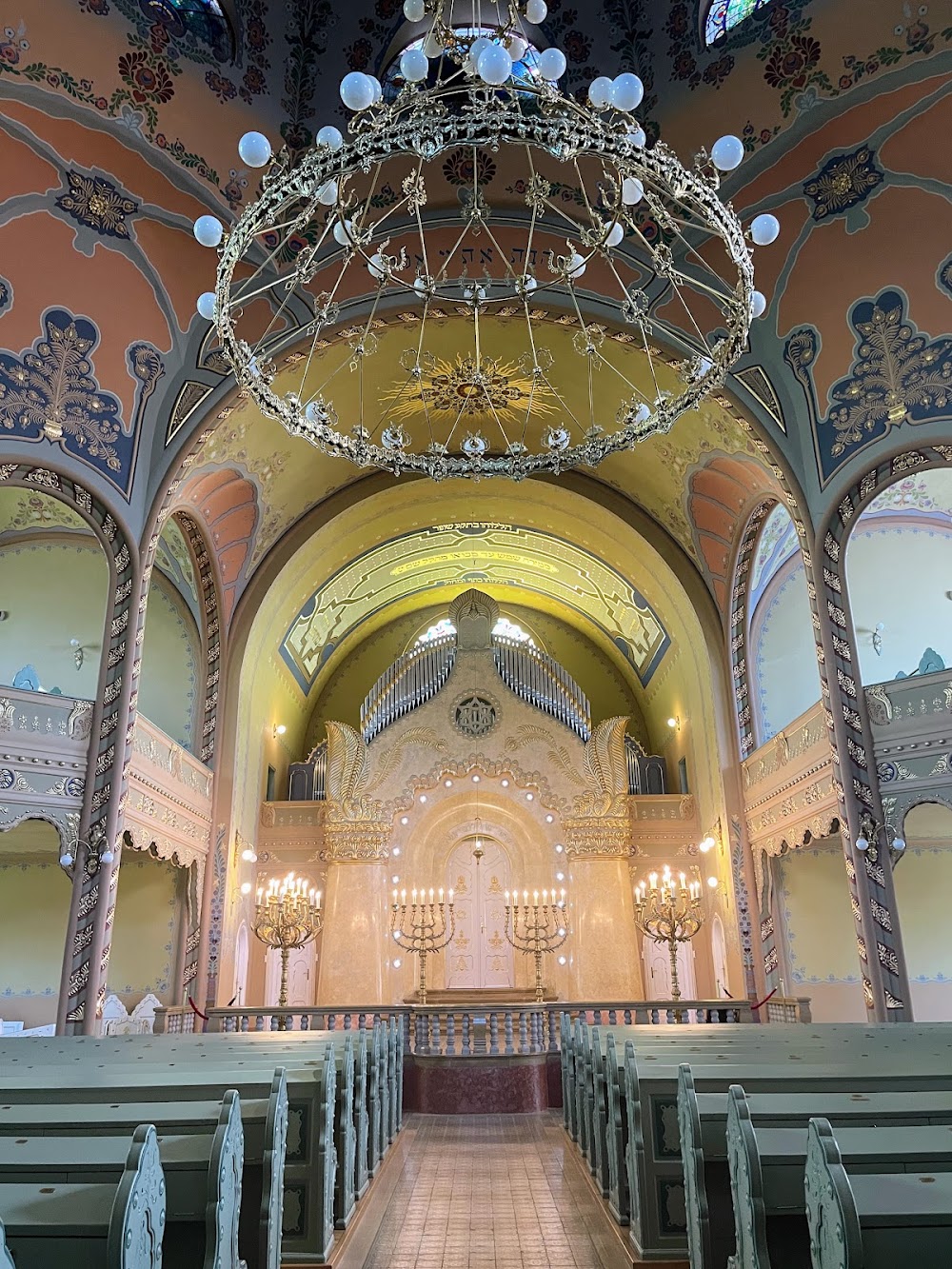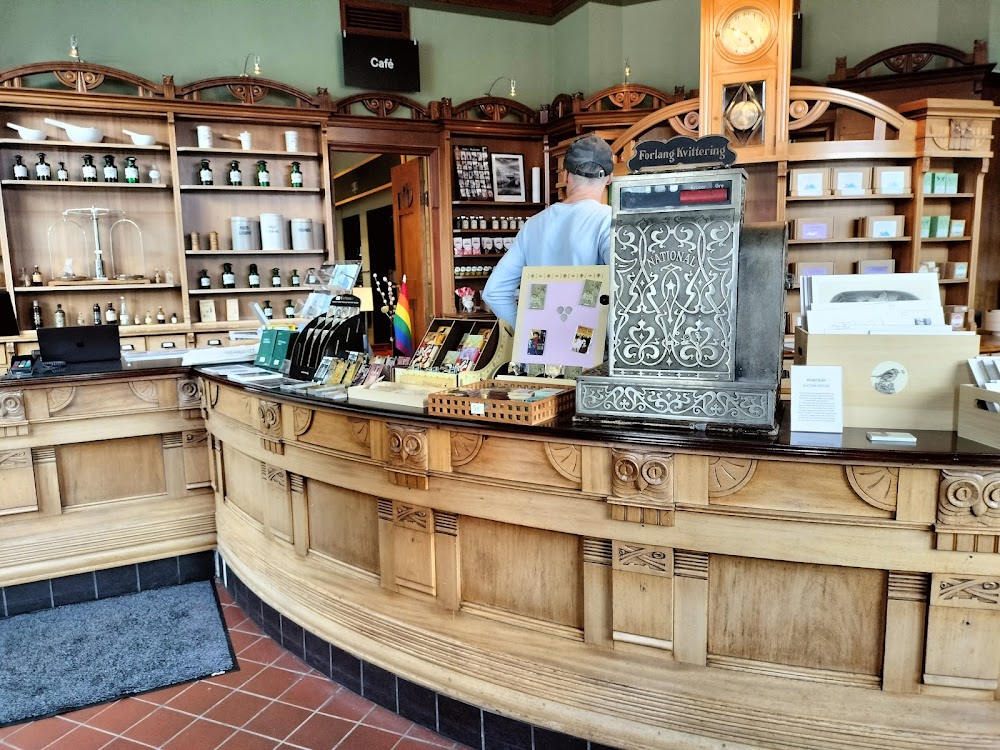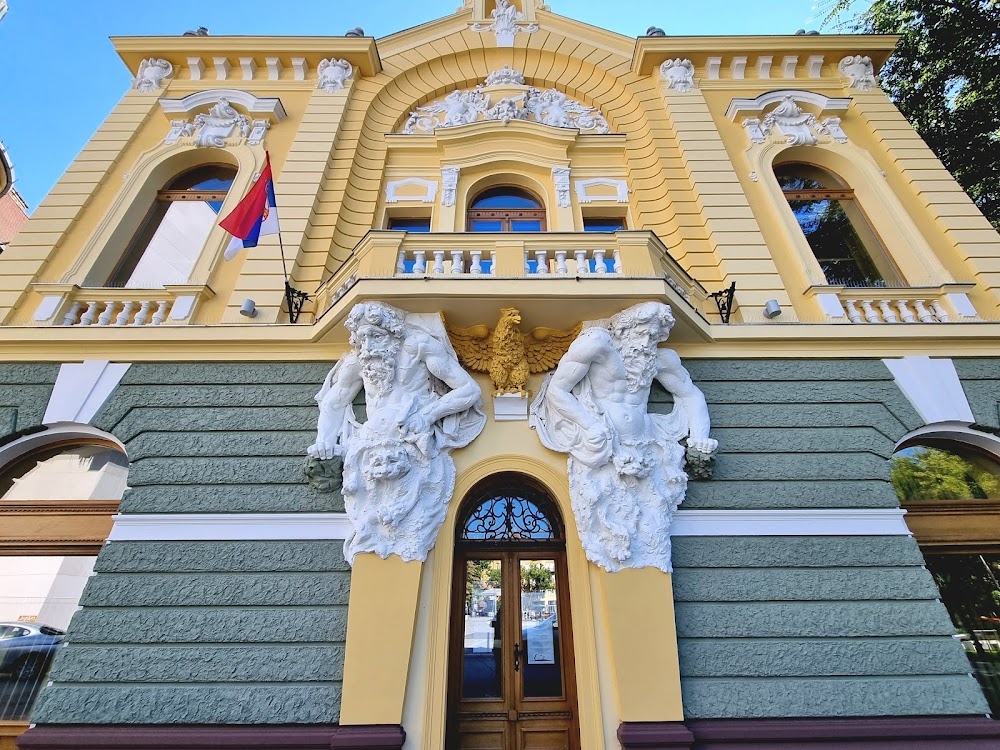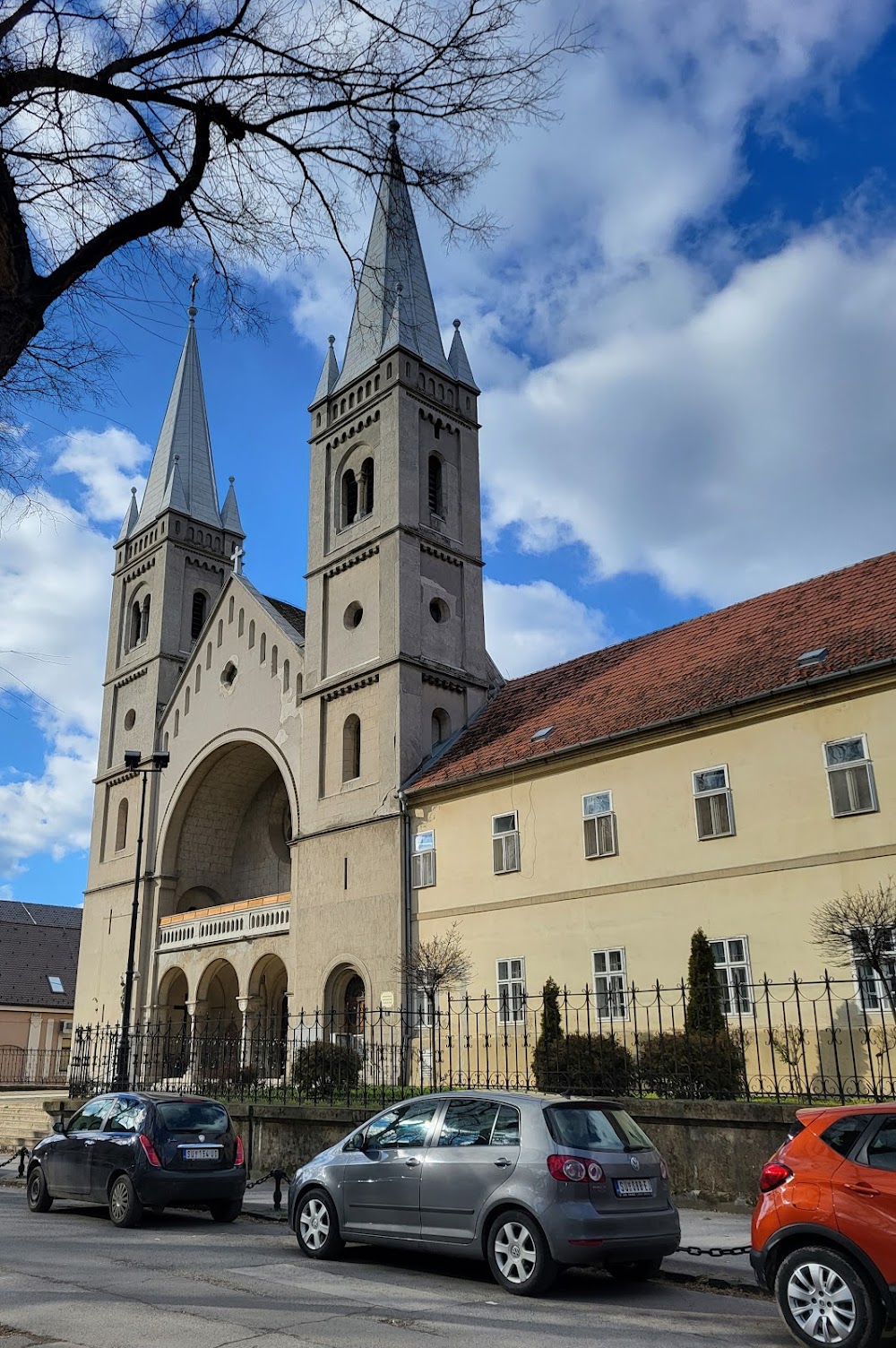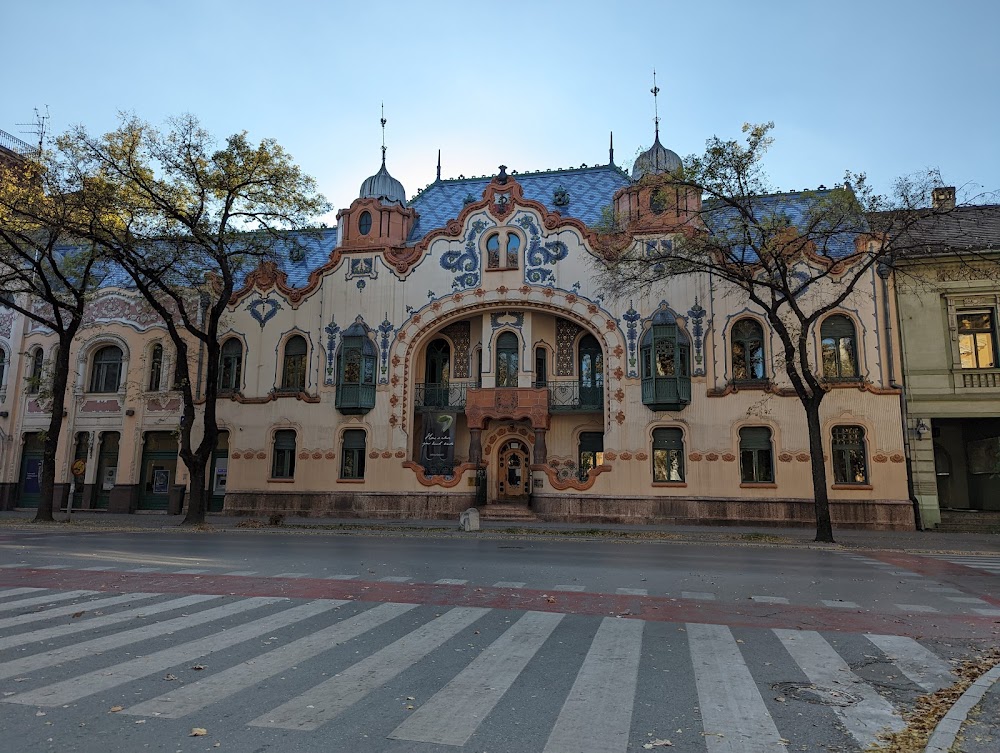Synagogue of Subotica (Subotička sinagoga)
Overview
The Subotica Synagogue, nestled in the North Bačka District of Serbia, is celebrated as one of the finest examples of Art Nouveau religious architecture worldwide. Its fascinating story began at the turn of the 20th century when the flourishing Jewish community of Subotica recognized the need for a new place of worship to accommodate its expanding numbers.
Construction commenced in 1901 and was completed remarkably within just two years, by 1903. The visionary architects, Marcell Komor and Dezső Jakab, were instrumental in this project, embracing the Art Nouveau style characterized by organic forms and intricate, flowing lines. This innovative approach distinguished the Subotica Synagogue from more traditional synagogues of the era, making it a unique architectural treasure.
The synagogue's design cleverly integrates modern materials such as concrete and steel, enabling the creation of expansive interior spaces. Its exterior is a visual feast, adorned with colorful glazed tiles and elaborate floral motifs that celebrate both Jewish symbolism and the natural beauty inherent in Art Nouveau design. One of the most striking features is the magnificent dome that crowns the building, symbolizing the heavens and the divine connection to God.
Inside, the synagogue continues to impress with its spacious nave, designed to accommodate up to 1,600 congregants. The walls are adorned with vibrant murals and stained-glass windows that filter light beautifully, creating a peaceful and spiritual ambiance. The Ark, which houses the Torah scrolls, is elaborately decorated, serving as the focal point of this sacred space.
Over its century-long history, the Subotica Synagogue has experienced significant transformation. During World War II, the Jewish community faced immense suffering, leading to the synagogue's neglect. By war’s end, the community had diminished greatly, and the once-vibrant synagogue fell into disrepair.
In the decades that followed, the building continued to deteriorate. However, serious restoration efforts began in the late 20th century, driven by both local and international support. These projects aimed to revive the synagogue's former glory while preserving its structural integrity. The meticulous work combined modern preservation techniques with traditional craftsmanship to maintain the authenticity of the original design.
Today, the Subotica Synagogue serves not only as a place of worship but also as a vital cultural and historical monument. It stands as a testament to the rich Jewish heritage of Subotica and the broader region. After extensive restoration efforts—including repairs to the dome, refurbishing the interior, and restoring the exterior decorations—the synagogue reopened to the public, inviting visitors to explore its beauty.
Visitors to the Subotica Synagogue are often captivated by its stunning architecture and the rich history it encapsulates. Guided tours offer valuable insights into the intricate architectural details and the historical context of the Jewish community in Subotica. Additionally, various events and exhibitions held within its walls link the past to the present, ensuring that the legacy of this magnificent building continues to inspire future generations.
The narrative of the Subotica Synagogue is one of resilience and renewal. From its inception as a beacon of a thriving community to its near destruction and eventual restoration, it remains a symbol of cultural and religious identity. The ongoing efforts to preserve this architectural marvel have secured its status as a cherished landmark, not just for the Jewish community but for all who appreciate its beauty and historical significance.


